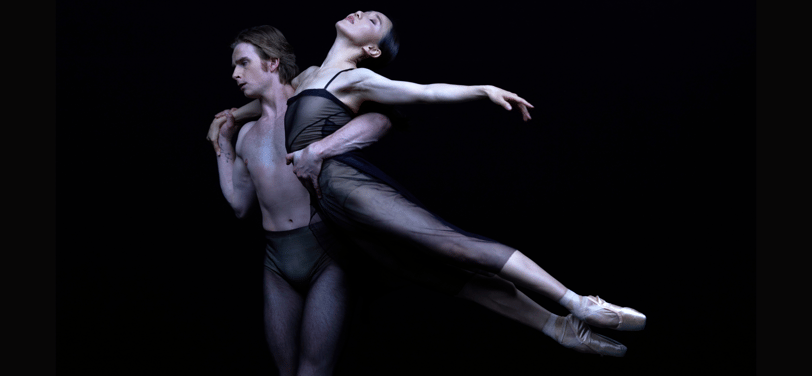Belonging in Motion
Reflections from Woolf Works on identity, change, and evolving our organizations.
Patrick Bartelson
6/23/20252 min read


Last week I got last-minute tickets for American Ballet Theater’s performance of Wayne McGregor and Max Richter’s ballet Woolf Works, about the writing and life of Virginia Woolf. I went to the ballet for the same reason I engage with art as often as possible — to step outside of my daily life and be invited to peer back in, to see and feel into something about the world and myself in a deeper way. Still, I was caught off guard when the piece helped unlock something about the work I do every day. All of it was affecting and transformative, but the second movement, Becomings — based on Woolf’s novel Orlando — almost immediately struck me as a meditation on identity, not as a fixed thing to name or hold still, but as something we’re always in the process of becoming.
In Becomings, nothing stays still — bodies blur, reshape, and dissolve. Movements build and collapse, refusing to be clarified or named. Watching it, I thought: this is what identity really feels like. Not a single truth, but an exploration of becoming. It reminded me that our efforts toward belonging at work aren’t about arriving at a perfectly inclusive culture once and for all — they’re about staying with the motion, evolving alongside the people we aim to serve and support.
Identity is never fixed or linear. It’s rarely easy to decipher from the outside looking in. Our organizations have to be able to respond to needs that are constantly in motion — needs that are deeply felt and sometimes hard to read. Identity is an evolution shaped not only by internal forces, but also by forces of celebration and forces of oppression acting on who we are and how we see ourselves. In the past few years, I’ve watched the ways we talk about identity shift — sometimes urgently, sometimes awkwardly, and now, I think, with more room for complexity and growth. That, too, is part of what it means to stay with the motion.
We have to learn to read and respond to the world, developing a keen eye for how it shapes the way people show up — and how we intervene on behalf of belonging. We often seek guardrails and frameworks to guide our decisions — and can be powerful and critical tools for building equity. Without them we can be swept up in our own biases, momentary desires, and unconscious filters we see the world through. But if they don’t evolve in tandem with the human beings they’re meant to support, they will fall short over time.
Art has a way of sneaking truth into our lives. Becomings didn’t offer answers, but it did offer a kind of wisdom: that identity and belonging require us to adapt and move with people. Not to build fixed spaces for who we assume someone is — but for who they are becoming.
Hee Seo and Aran Bell in Woolf Works. Photo by Fabrizio Ferri.
My Substack with stories and insights about leadership, equity, and building cultures of belonging — drawn from my consulting, my lived experience, and the questions that keep me curious.
patrick@patrickbartelson.com
203-641-3146
© 2025. All rights reserved.